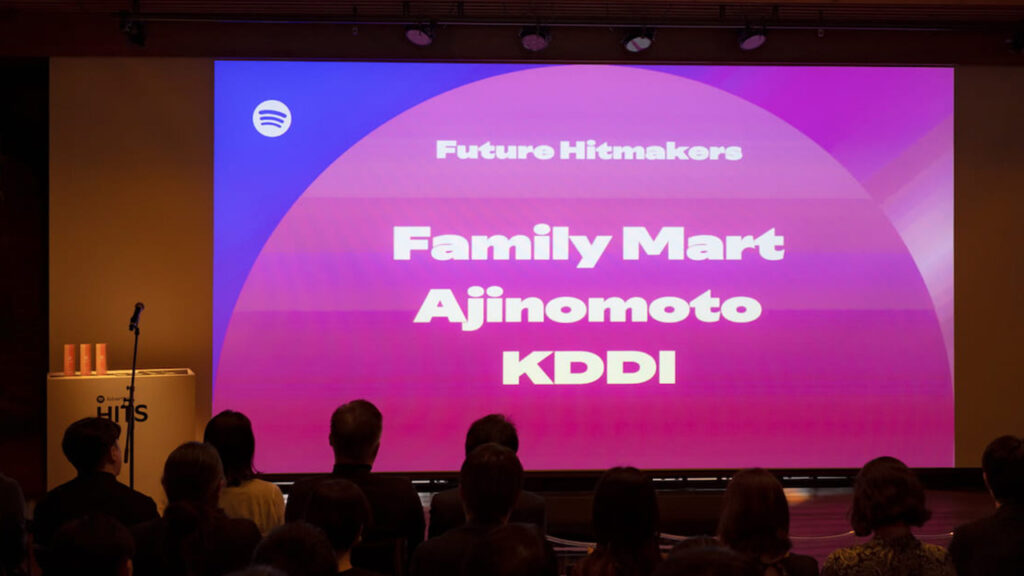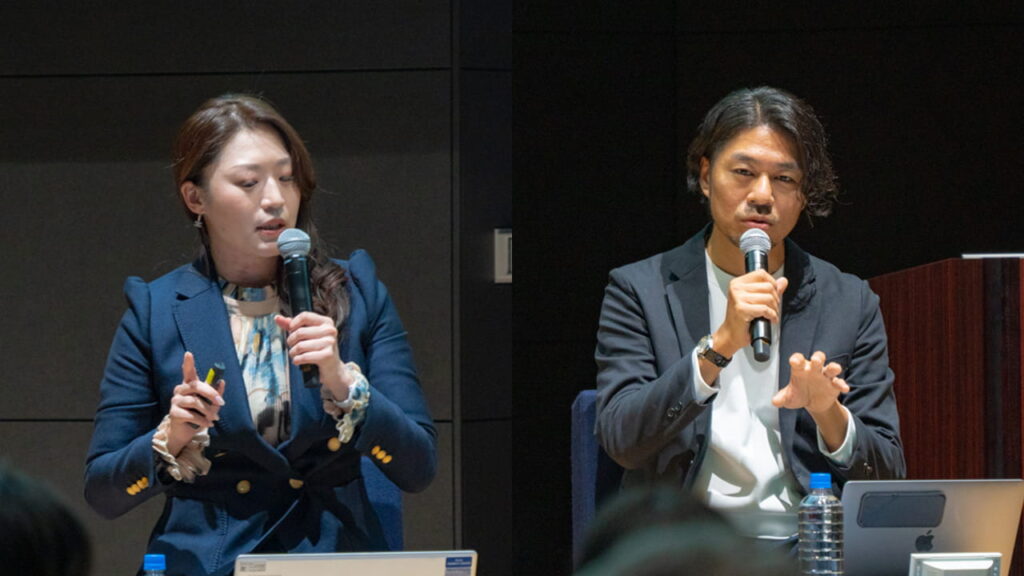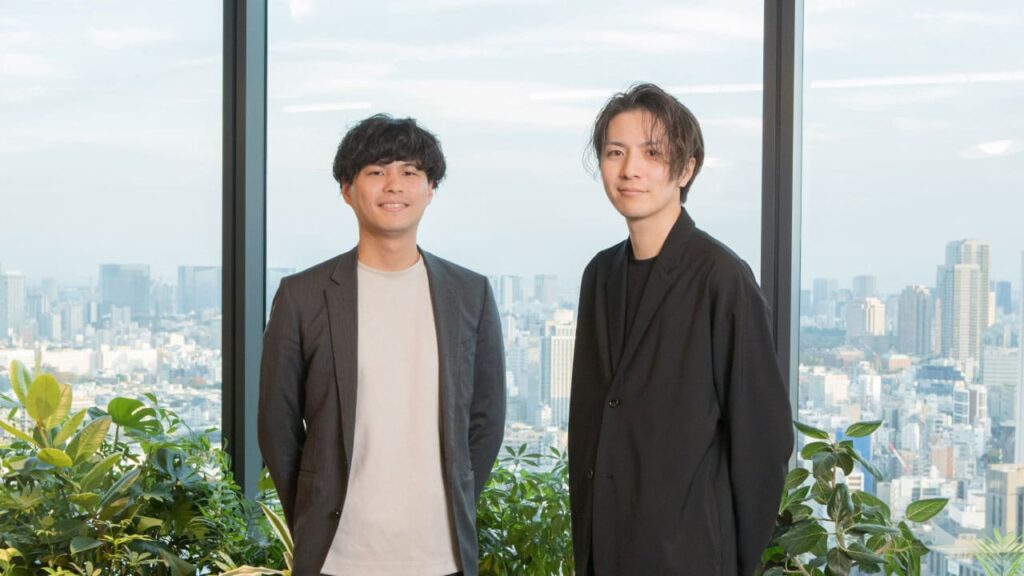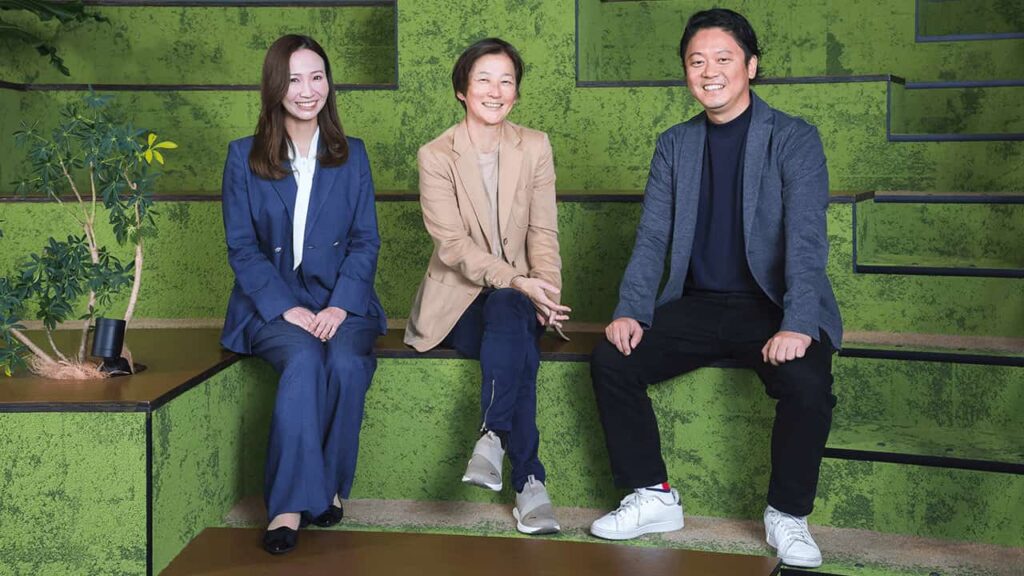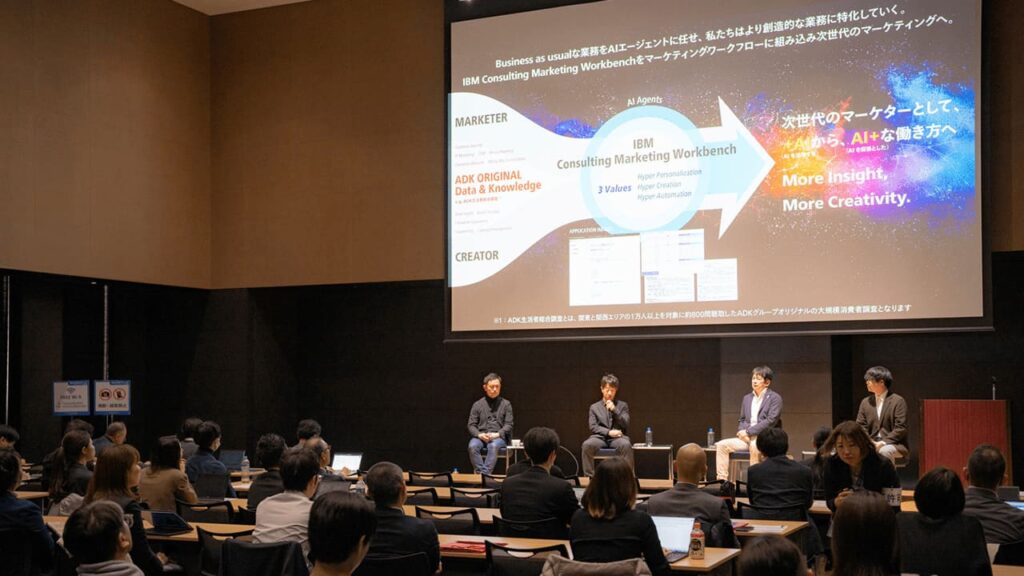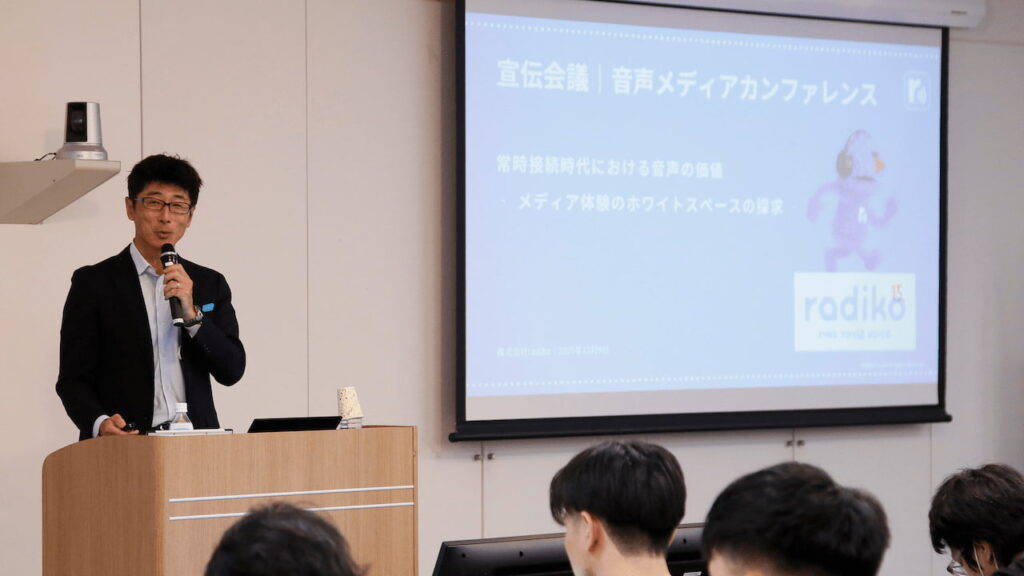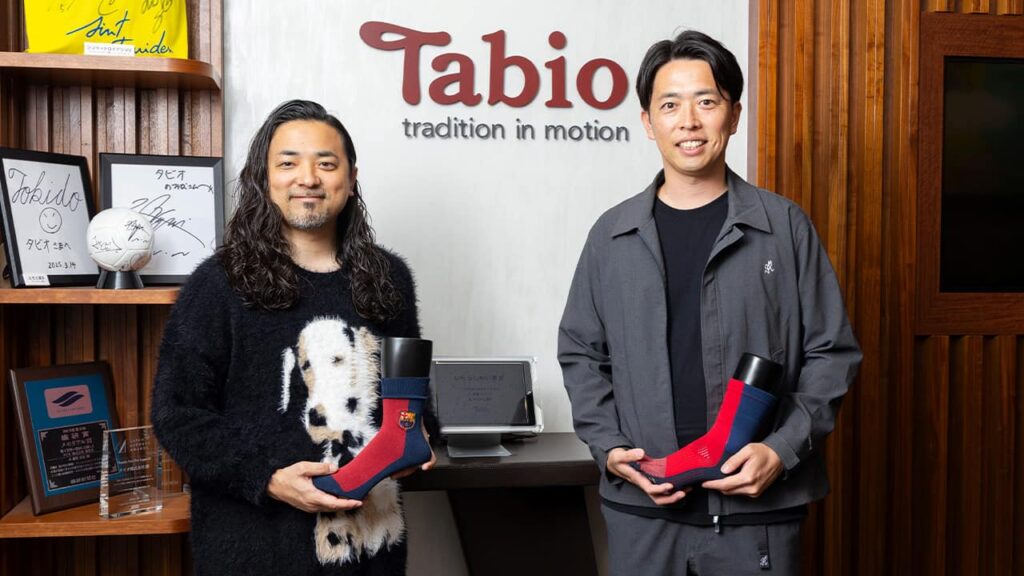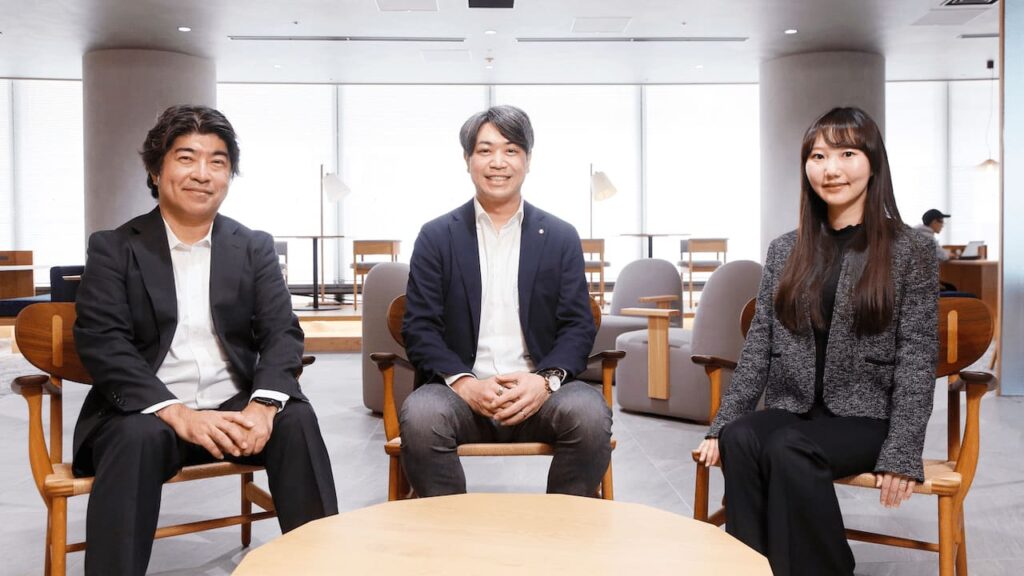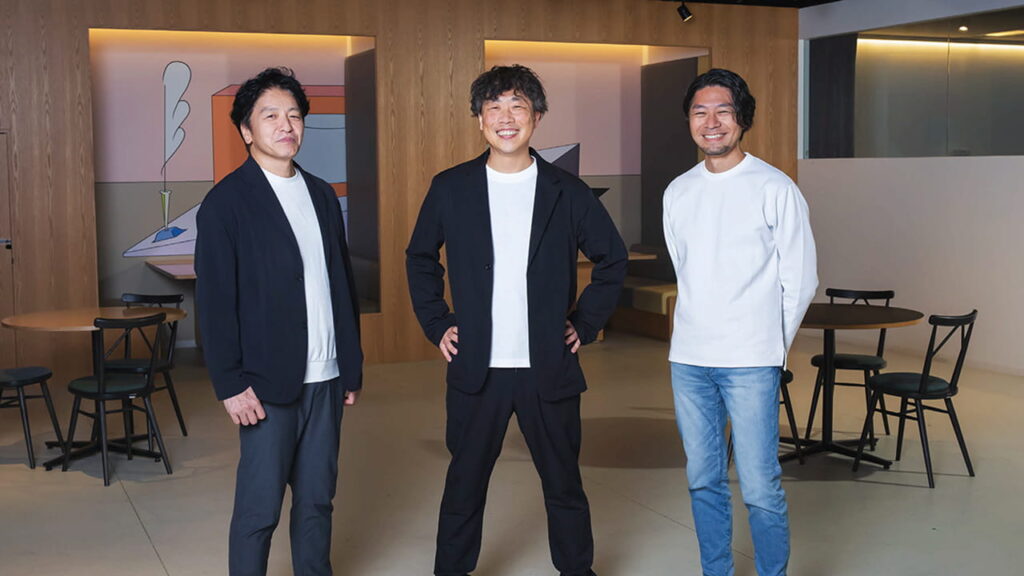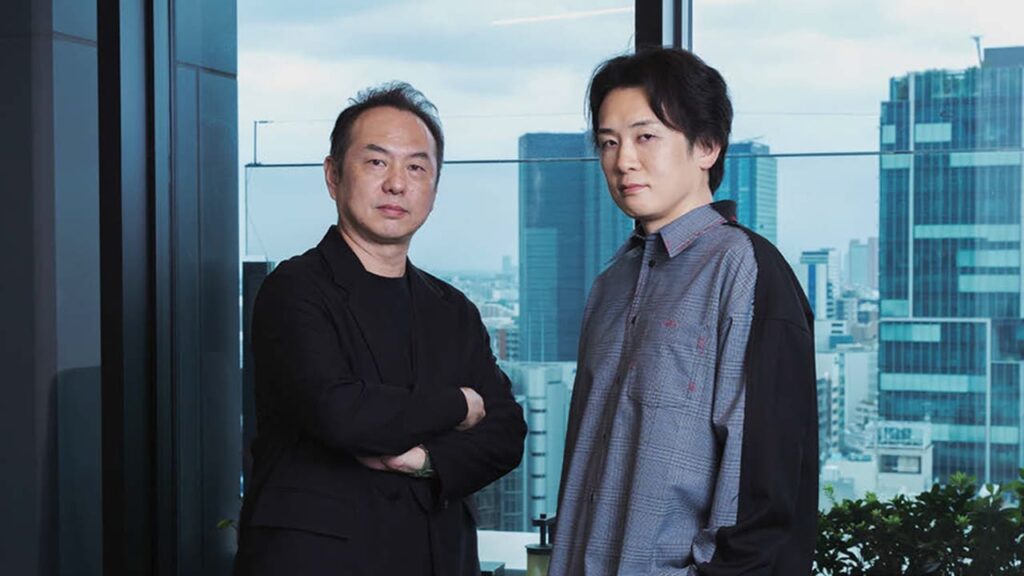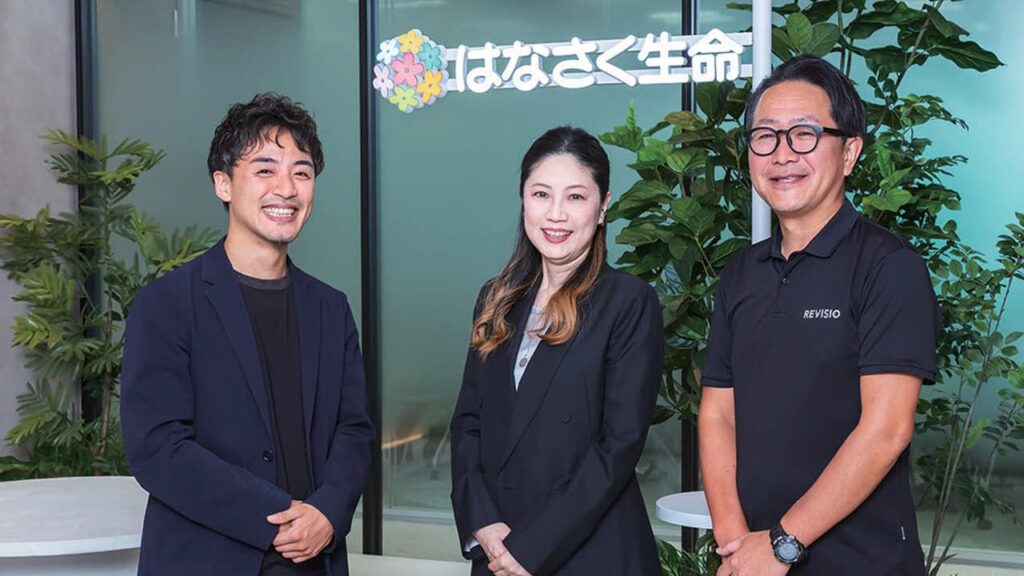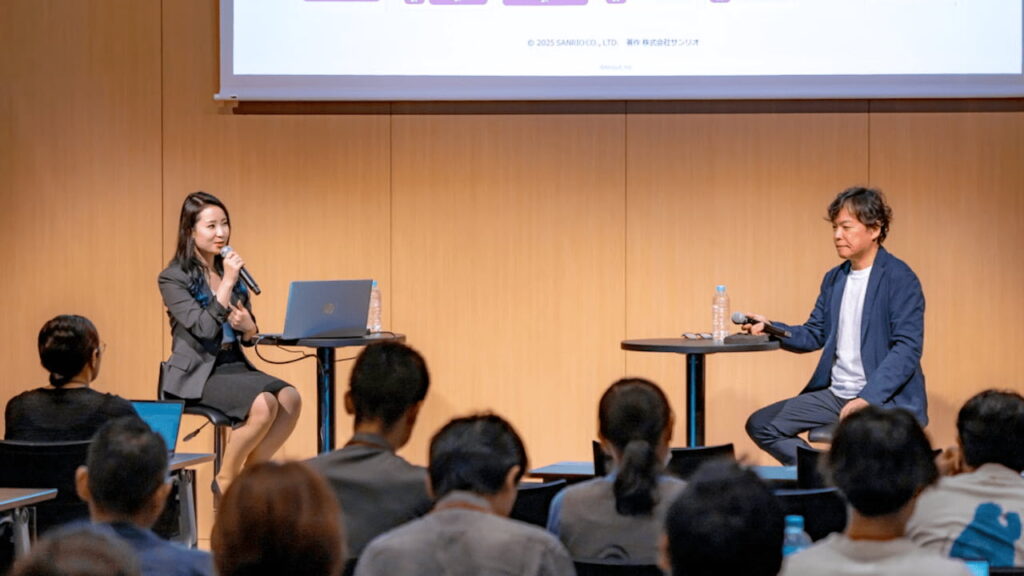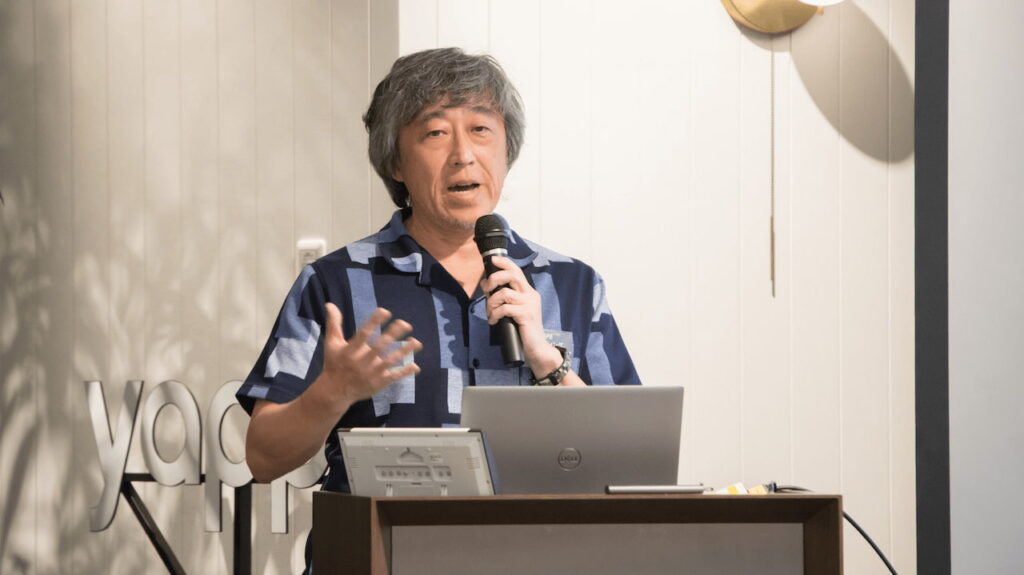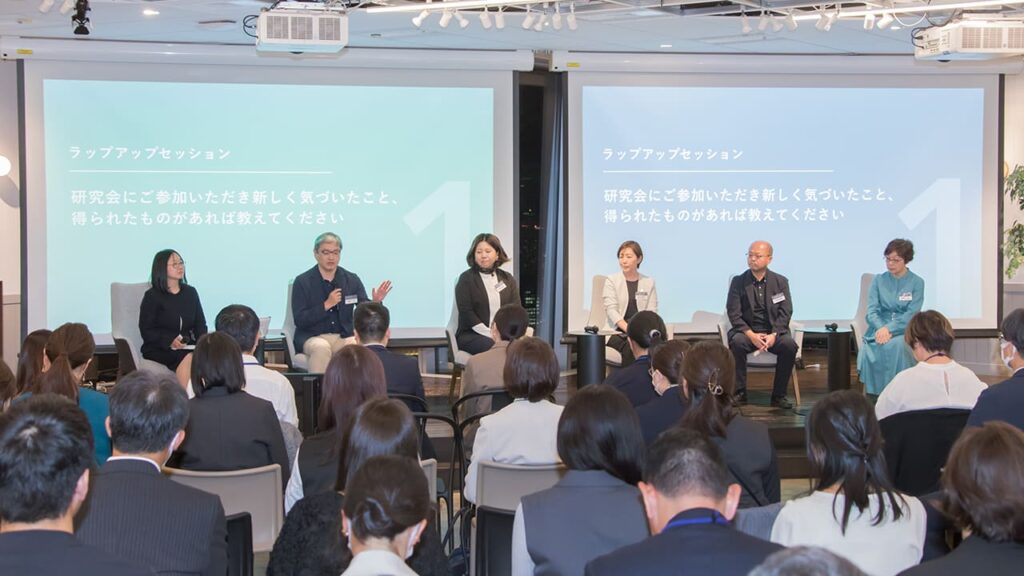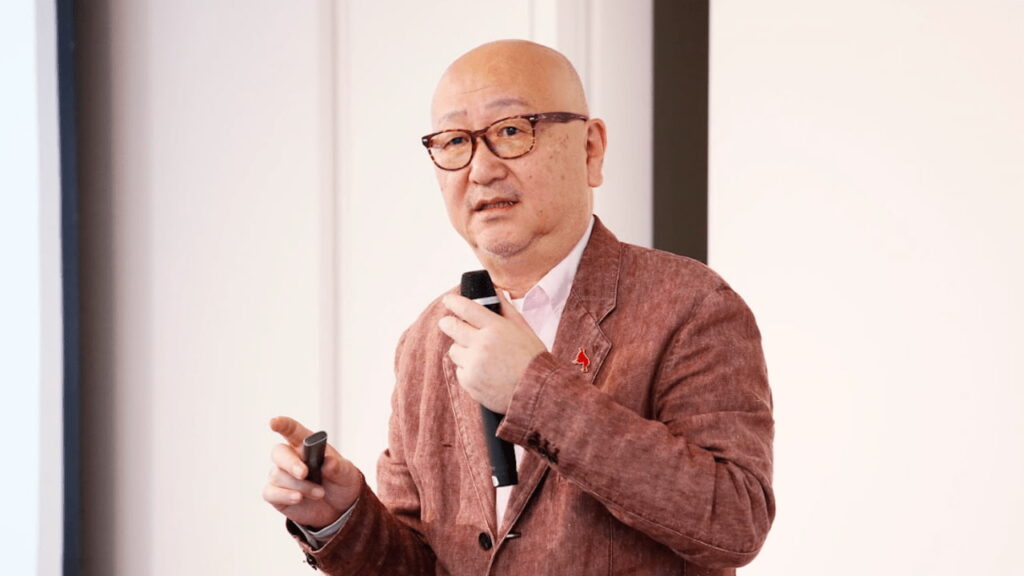【前回】「オースティンで光る、クリエイティブエージェンシーの仕事術 「シリコンヒルズ」企業視察レポート④:RYOT」はこちら
今回は、「シリコンヒルズ」とも呼ばれる開催地オースティンで、いま勢いのあるクリエイティブエージェンシー5社の訪問レポートを紹介します。
「デザインは、文化」巨大組織の変革を推進
IBM デザイン
IBMにデザイン文化をインストールするために設立されたIBMデザイン。2012年に7つのデザインチームからスタートし、現在22カ国で44のスタジオ、1600名のデザイナーを抱える。デザインをどのようにとらえ、いかに組織変革を進めたのか、話を聞いた。
大規模企業仕様にデザイン思考を再定義
IBMデザインは、大規模な組織向けにデザイン思考を再定義した。「エンタープライズ・デザイン・シンキング」と呼ぶこのフレームワークは、スピード感とスケール感をもってユーザーの課題解決を行い、より良い成果を出すためのもの。IBMデザインのパートナーを務めるジェフ・ニーリー氏は、「プロセスをより効率化し、人と文化を変え、エンドユーザーの力を高めたい」と話す。
顧客体験の向上を中心に据え、多様性あるチームでプロトタイプづくりを行う。ユーザーにも参加してもらい、小さなプロセスを素早く繰り返し、初期段階で「Fail Well(賢い失敗)」をすることで精度を高めていく。ユーザーを中心に据えることで、先入観やバイアスを取り払う。アイデアの選定は管理職が行うのではなく、ユーザーを中心に考えチームで有機的に選択する。スピード感を持って動くため、現場実務者の決定権を大きくした。
研修、デザイナーとの協働で人と実践を変えていく
多くの企業では、イノベーションやデザイン部門を日々のオペレーションやビジネスから離してしまうが、それではデザイン部門からの提案で終わり、社内で無視されてしまう。本来デザインとビジネスは切り離せないもので、同社ではデザイン思考は全社員が身に着けるべき能力と考えている。6年間で10万人以上がデザイン思考のトレーニングを受けた。特に管理職がデザインの考え方を理解し、チームをエンパワーメントすることを期待する。
同時に社内のデザイナーは、「インテグレーター」として他部門と協働する。スタンダードなデザインキャリアパスとして、各大学からデザインを学んだ優秀な学生をリクルートする一方、さまざまな経験を持った人材も採用。現在フェローのポジションまでデザイナーが入る。「人、実践(期待値や行動規範)、場所の3つが重なりあって組織文化を変えていく」(ニーリー氏)。イノベーションが生まれるような場づくりも大切と多くの拠点にスタジオをつくった。
「ビジネスの大切なところに結果を出すこと。そうするとものごとが早く動く」。グローバル・デザイン・リードのクリスタル・ウェバー氏はコンサルティング・チームに入り、契約レート40%増をもたらした。現在、IBMデザインは全世界で100以上のプロジェクトにかかわる。プロダクトを出すスピードは2倍速くなり、投資対効果は300%上がった。「デザインはただの実践方法ではなく、文化」(ウェバー氏)。大企業IBMの変革に、多くのクライアントが驚く。
“Design Is Culture” The Innovation for Enterprises
IBM Design
Interviewees:
Nigel Prentice, Program Director, IBM Design, IBM Studios
Jeff Neely, Partner, Global Design, IBM Services
Krystal Webber, Global Design Lead, IBM Blockchain Services
Ryan Caruthers, Creative Director, Experience Design & Communications
IBM Design was founded to create a more prominent role for design at IBM. The program launched with seven design teams in 2012, and currently employs 1600 designers working from studios in 44 locations in 22 countries around the world. We asked them to share their philosophy of design, and to explain how they have approached revolutionizing such a huge organization.
IBM Design has redefined traditional concepts of design for current enterprise-sized organizations. Called “Enterprise Design Thinking,” IBM’s framework was created to provide users with the scale and speed necessary to solve their issues and to provide better results than previously possible. Jeff Neely, a partner working in IBM Services, said, “We want to make the process more efficient, transform both individuals and the larger cultures in which they exist, and further empower the end user.”
Focused on user experience, a diverse team first built a prototype. They invited users to directly participate as well, and by quickly repeating a series of small processes, they were able to “fail well” (make mistakes in a clever way) at this initial stage, and improve the overall precision of the prototype. By concentrating on actual users, IBM Design eliminated any inherent preconceived notions or biases. And rather than having management choose the ideas, the ideas were chosen in a coordinated fashion by the whole team, in a process that was consistently focused on the user. In order to impart a sense of speed to users as they worked, the framework made it easier for local users to implement decisions themselves.
At many companies, innovation and design departments are isolated from daily operations and business. And as a result, once design departments have submitted their proposals, they tend to be ignored by the rest of the company. But in recognition of the fact that design and business are intertwined, IBM believes all of its employees should have refined design sensibilities. Over the course of six years, over 100,000 IBM employees have received training to sharpen their design thinking sensibilities. IBM expects its management to grasp the designer’s frame of mind, and in turn to empower each member of the team.
At the same time, in-house designers work with members of other departments as “integrators.” While the standard career path for designers begins with companies hiring particularly impressive design majors out of college, IBM also hires candidates with more diverse backgrounds. While the company started with just seven design teams, today some designers have risen to the position of fellow within the company. Neely said, “We’re mixing people, practice (expected values and standard operations), and place together to change the culture of the organization.” Believing in the importance of creating spaces where innovation can thrive, the company added studios to many of their locations.
Global Design Lead Krystal Webber, whose work since joining the consulting team has led to a 40% increase in contract rates, said, “Once you’ve achieved results in those particularly important areas of business, everything else moves more quickly.” IBM Design is currently engaged with more than 100 projects around the world. They have doubled their final product delivery speed, and their investment returns have increased by 300%. Webber said, “Design is not just a method, it’s a culture.” And a great number of clients have been astonished by the revolution taking place at industry giant IBM.




